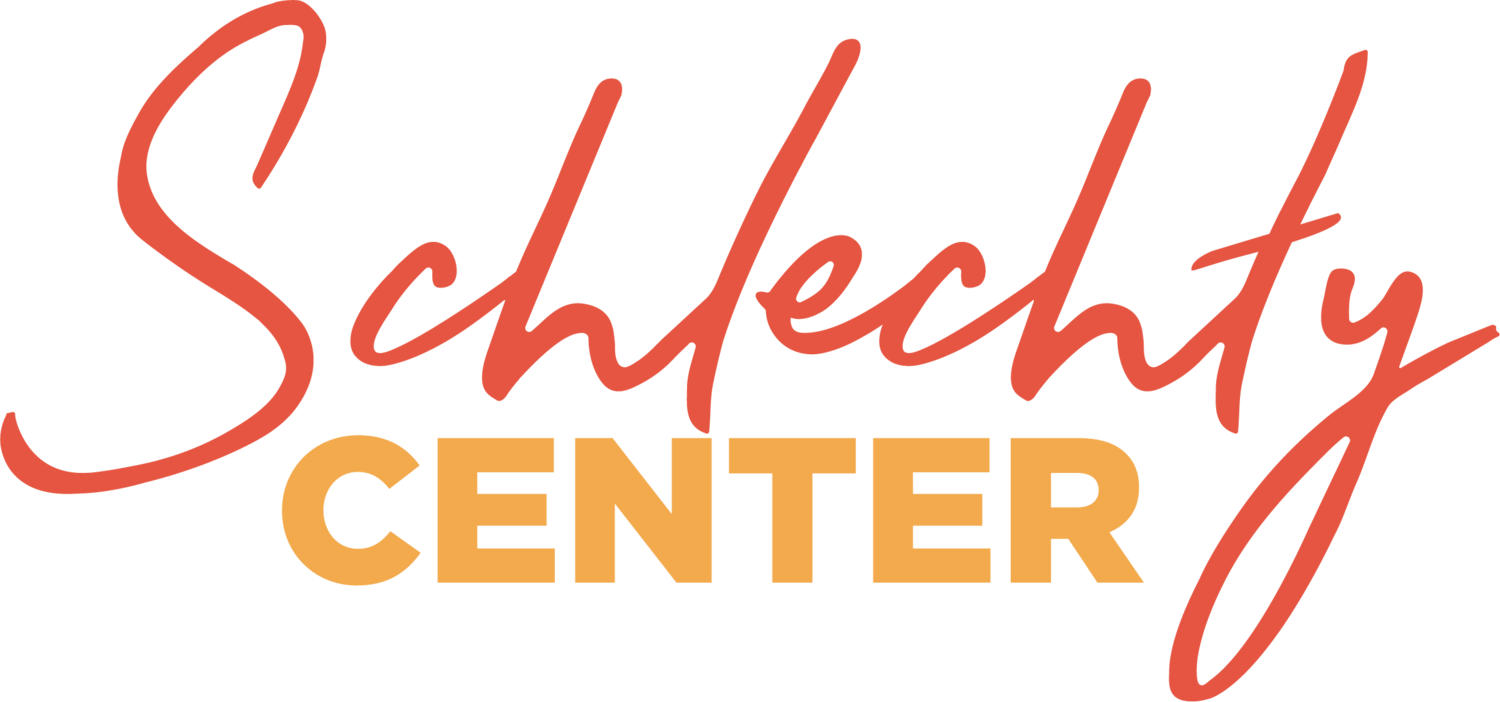Erin Pierson found herself contemplating a very specific social need: she wanted a new, modern radio for her car, and she was driven by a sense of satisfaction she would feel by installing the radio herself [Affirmation].
Phil Schlechty often wrote that learning begins with a product, performance, or exhibition about which the student cares. Erin chose a meaningful product, a new radio in her car [Product Focus]. She also set a very high standard for achieving her goal. When she was finished, she sought a professional grade installation that included looking and performing like a factory installed radio [Clear and Compelling Product Standards].
Erin had to learn a lot to bring the goal to fruition. She had never installed a car radio before and had no idea where to begin. She did not choose traditional learning methods like reading an instructional manual or attending a lecture at a local tech school. Instead, she chose to create her own learning platform. She curated appropriate video tutorials on YouTube. She also consulted local experts for advice and necessary content. In this learning platform she went down a few uncharted roads as her learning took her towards a variety of new content that she did not even know she would need at first, like how to solder wires together and the electrical concepts of how radios work [Organization of Knowledge].
What did she achieve? She mastered the motor skills required to remove and install the new radio [use tools, solder wires, estimate fit, etc.]. She learned about electricity as she mastered concepts of which wires go where and why.
When she was finished, Erin sought more affirmation from significant others – namely her friends. She blogged about her experience on Facebook, and in doing so received a lot of positive feedback from friends and family.
“Tonight, I installed a new car stereo in my car, for me, all by my freaking self. Yes, there were lots of curse words and a last-minute trip to Fred Meyer. Thank-you nice salesman who didn't make me feel like a fool when I said I needed a "smoldering" tool instead of "soldering," and then helped me find the solder I needed when I had no idea you even needed that to go with the tool. I didn't even know if I was supposed to solder the wires together, and took a wild guess. The moment I turned it on and it actually worked, I almost cried. I did it. Me with no electrical experience, some YouTube videos, and my stubborn woman spirit said I'm tired of paying men to do stuff for me. I'm trying this myself.”
In completing her project, Erin demonstrated a textbook example of profound learning occurring through engagement by way of Phil Schlechty’s Design Qualities in action.
The story is a powerful metaphor for how students engage in learning. Students often seek the affirmation of meeting a challenge. They tell us this repeatedly in student interviews. Twenty first century students are showing an inclination away from traditional learning strategies like the lecture and toward self-directed learning platforms like curation and primary sources. The importance of the affirmation of friends, family, and peers is evident in their use of social media. The rise of the Maker Movement is a testament to the power of Product Focus.
When teachers harness the power of social motivation, they can go a long way towards engaging their students in learning.

